Get A Quote
One of our team would be happy to have a chat with you about your requirements, answer any unanswered questions and measure up at a time that suits you to provide you a free, no obligation quote.
When it comes to buying new windows, the luxury of choice can be both a blessing and a curse. But, to make finding the right option a bit easier, we’ve utilised our 50+ years of window installation experience and created this types of windows guide.
If you have any specific questions related to the types of windows, there is an FAQ section at the bottom of this guide too.
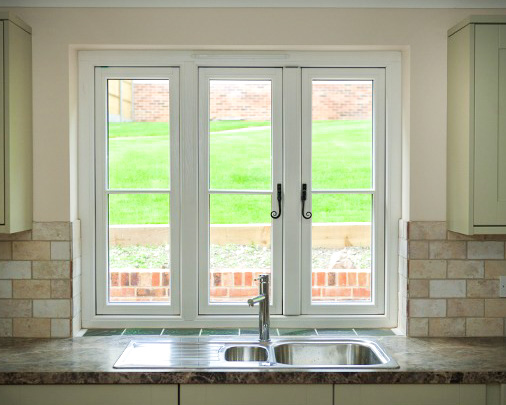 This type of window opens outwards and is hung from the side, top or bottom by hinges. Top hung casements allow you to ventilate your home without letting rain into your home. Casement windows are the most popular type of window in the UK, which is partly due to how versatile they are.
This type of window opens outwards and is hung from the side, top or bottom by hinges. Top hung casements allow you to ventilate your home without letting rain into your home. Casement windows are the most popular type of window in the UK, which is partly due to how versatile they are.
Features:
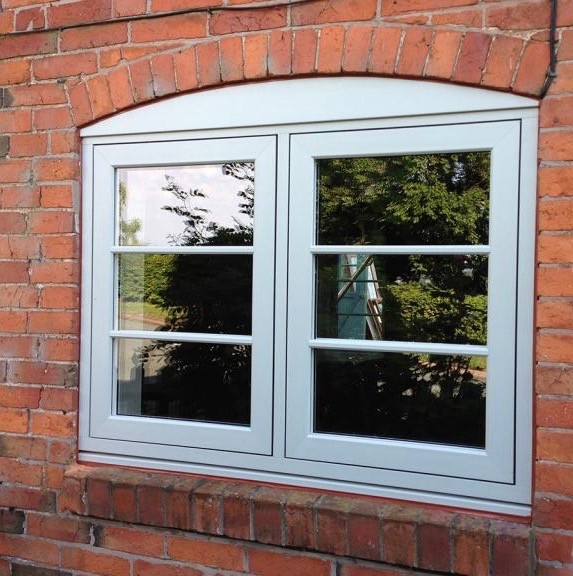 Flush casement windows are hung via hinges but unlike standard casement windows, the part of the window that opens sits flush with the frame, hence their name. They resemble traditional timber windows, so they’re an excellent choice in older styles of home. However, because their look is clean and sleek, they don’t look out of place on contemporary homes either.
Flush casement windows are hung via hinges but unlike standard casement windows, the part of the window that opens sits flush with the frame, hence their name. They resemble traditional timber windows, so they’re an excellent choice in older styles of home. However, because their look is clean and sleek, they don’t look out of place on contemporary homes either.
Features:
Related blogs:
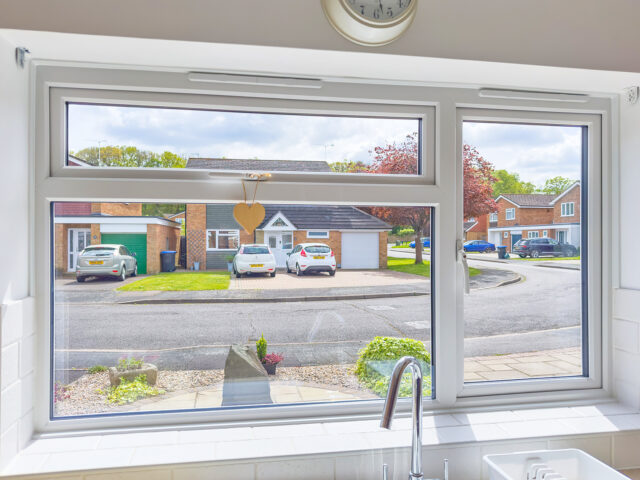
Exclusive to Sheerwater Glass, our slimline windows are operated like a casement window but feature the ultra-slender framing that you can usually only find on aluminium windows. This provides them with 12% more glass than a standard window so you can create areas in your home that feel well-lit and spacious.
Features:
Related blogs:
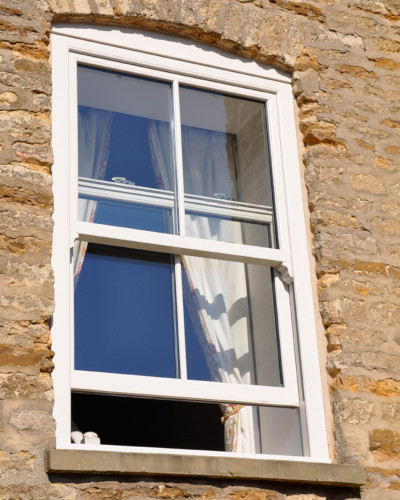 One of the oldest and most common types of windows in the UK, sash windows are made up of two sashes that partially overlap each other. In most cases, the bottom sash slides upwards for the window to open but it is possible for the top one to slide downwards instead. Sash windows are also referred to as vertical sliders.
One of the oldest and most common types of windows in the UK, sash windows are made up of two sashes that partially overlap each other. In most cases, the bottom sash slides upwards for the window to open but it is possible for the top one to slide downwards instead. Sash windows are also referred to as vertical sliders.
Features:
Related blogs:
Aesthetically, mock sash windows look just as stylish as the real thing. However, instead of two vertically sliding sashes, they have a fixed pane and a movable panel that opens outwards like a casement window. This outward opening panel enables them to ventilate properties very well.
Features:
Related blogs:
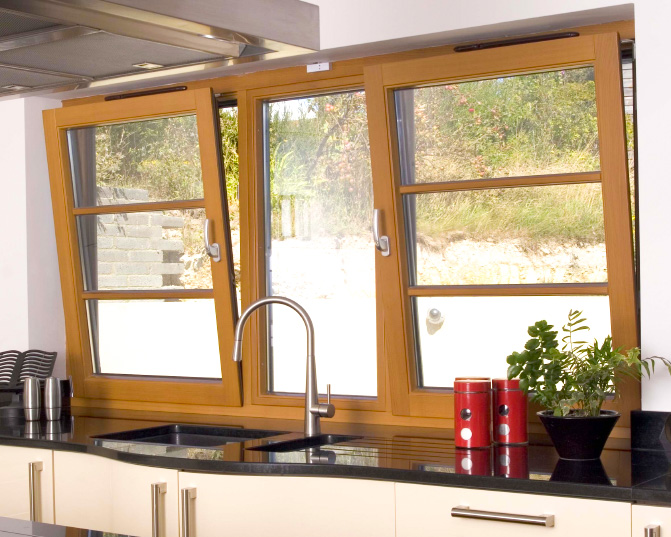 Tilt and turn windows look similar to casement windows, however, they tend to have wider framing. They are also opened in two ways. When opened vertically, they tilt slightly inwards so properties can be ventilated safely. But when opened horizontally, they fully open into homes so they can be easily cleaned from inside.
Tilt and turn windows look similar to casement windows, however, they tend to have wider framing. They are also opened in two ways. When opened vertically, they tilt slightly inwards so properties can be ventilated safely. But when opened horizontally, they fully open into homes so they can be easily cleaned from inside.
Features:
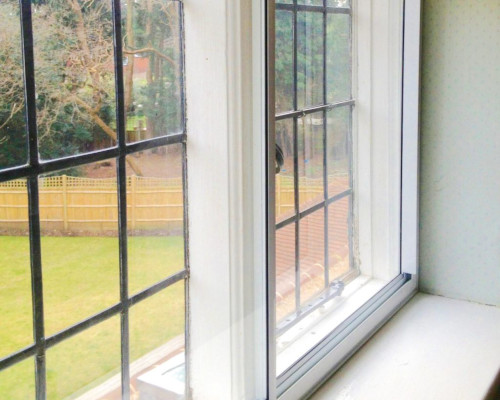 Secondary glazing is not a type of window as such, however, it’s an equally important consideration when searching for the ideal window type. It involves fitting a supplementary aluminium-framed window onto the interior part of an existing window, resulting in a boost to performance.
Secondary glazing is not a type of window as such, however, it’s an equally important consideration when searching for the ideal window type. It involves fitting a supplementary aluminium-framed window onto the interior part of an existing window, resulting in a boost to performance.
Features:
Related blogs:
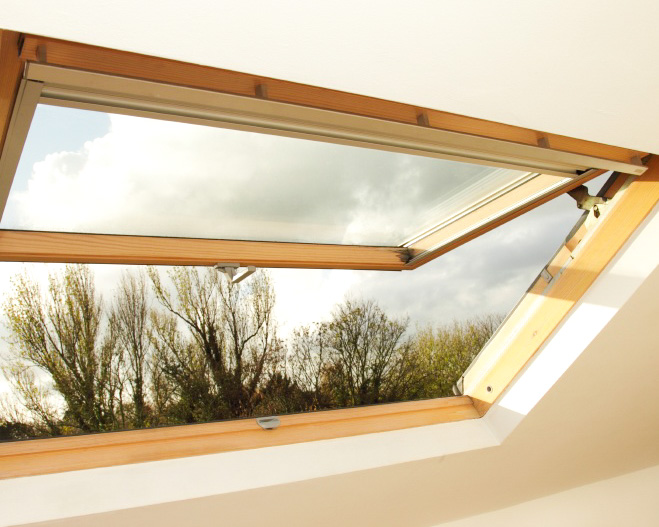 Actually called rooflights or skylights, the VELUX brand is so well-renowned that they’ve come to be referred to as VELUX windows. They’re a great solution for improving light and air levels in lofts, conservatories, orangeries and flat roof structures. Here at Sheerwater Glass, we are a certified VELUX installer. Therefore, we can install new VELUX windows or repair existing ones that are not working properly.
Actually called rooflights or skylights, the VELUX brand is so well-renowned that they’ve come to be referred to as VELUX windows. They’re a great solution for improving light and air levels in lofts, conservatories, orangeries and flat roof structures. Here at Sheerwater Glass, we are a certified VELUX installer. Therefore, we can install new VELUX windows or repair existing ones that are not working properly.
Features:
Related blogs:
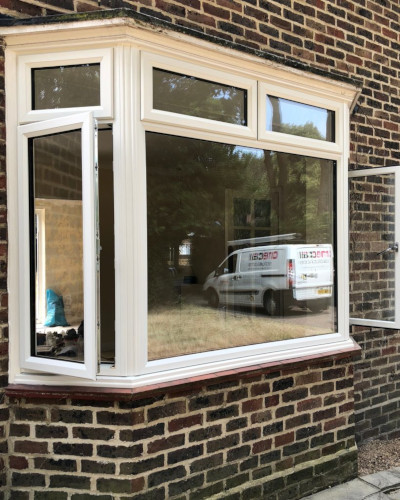
Bay windows consist of several windows that are situated in an angular bay that projects out from the wall of the home. Stunning architectural pieces that can easily enhance property visual appeal, they also increase floor space.
Features:
We hope that, with the information in this guide, you’ll be able to decide which type of window is right for you. However, if you require additional information, please feel free to get in touch with a friendly member of the Sheerwater Glass team. An FAQ section that covers common window queries is also available below.
There are four main types of bay windows which we have listed below.
Bow windows feature a curved design that slightly protrudes out from the wall of the house. They consist of four, five or six individual windows and provide a wide view of the outside.
A modern update of the bow window, circle bay windows consist of multiple windows that are fitted into a smooth circular area. Corners of the home are quite common locations for them to be placed, particularly in living rooms, bedrooms and dining rooms.
Box bay windows protrude out from the wall in a range of angular projections and consist of one larger window with smaller windows on either side. They’re often used to house a seating or storage bench but can also house ornaments or plants.
This traditional type of bay window is usually situated on the upper storey of a house and supported by brackets or corbels. Like other bay windows, they protrude from the wall at a curved angle, offering increased visibility of the street.
There are a few ways to determine which window you have:
If the window opens outwards, chances are it’s a casement window of some kind. If the opening part is also flush to the frame of the window, this is most likely a flush casement window.
Any windows that open inwards are most likely a tilt and turn window. Windows that are opened by sliding them upward or downward are most likely a sash window. However, if your window consists of two sashes that sit atop another and one of the panels opens outwards, you have a mock sash window.
The definition of hung for a window refers to where the window is hinged from. For casement windows, they will be hung from either the top, bottom or side. However, awning windows are hung from the top also. You can determine where the window is hung from by opening it up and seeing which area of the window is attached to the frame.
If your window is made up of two sashes that overlap one another ever so slightly, you have a sash window. A mock sash window will also look the same but will open differently. Casements and tilt and turn windows will consist of a solid area of glazing surrounded by a frame, however, tilt and turn options are likely to have slightly wider frames.
There is no such thing as the best windows. The ‘best’ windows for one person will be completely different for another. However, there are some criteria you can use to help determine which might be best for you:
The style of your home will have an effect on which windows are the best fit. Opting for a style of window that does not fit with the property's aesthetics can damage its resale. The means the type of window is an important consideration.
Casements are highly versatile so can be adapted to fit most types of properties; sash windows, on the other hand, tend to suit period homes better. It’s also worth mentioning that replacing your existing windows with like-for-like replacements ensures compatibility.
Material wise, aluminium is great for modern homes and timber is ideal for period properties. However, woodgrain finishes can be applied to uPVC so they are able to resemble timber windows. Thanks to the huge number of finishes that are available, it’s possible to alter the look of each material to suit a wide range of property types.
If you’re looking for the best thermal performance, consider our slimline windows. These achieve a Window Energy Rating (WER) of ‘A’ so will keep your home nice and warm and your energy bills low.
It’s important your new windows meet your practical requirements. For example, if you live on the 5th floor of a multi-storey building and want to clean your windows, there’s no possible way you can clean a casement window safely. However, because tilt and turn windows open internally, you can clean them from inside your home. Sash windows also feature a tilt-in capacity so you can do the same thing.
Here at Sheerwater Glass, all our windows are fitted with a host of security features. However, the features vary depending on which style of window you’re after. All of our casement windows, including our exclusive slimline option, and tilt and turn windows are equipped with multi-point locking systems. In addition, our sliding sash windows have been reinforced and equipped with restrictors so you can ventilate your home without leaving it susceptible to intrusion.
Awning windows are hinged at the top and open outwards. For this reason, many confuse them to be a form of a casement window. However, awning windows are designed for use in openings that are wider than they are tall. In addition, they come in one, two or three-lite configurations, whereas casement windows come in one, two, three, four or five-lite configurations.
Interested in learning more about windows? Check out our related blogs:
What are the standard window sizes in the UK?
How to measure windows and doors to get a price from home
One of our team would be happy to have a chat with you about your requirements, answer any unanswered questions and measure up at a time that suits you to provide you a free, no obligation quote.
“From start to finish, the service has been outstanding, from understanding our requirements and particular wishes, to keeping in contact with us regarding lead times, right through to the fantastic installation guys who worked so hard and completed the installations efficiently and perfectly.”Melinda Weare
Sheerwater Glass provides window installation and repairs throughout Surrey and the surrounding areas of our new Guildford showroom as well as Woking. If you’re interested in our services, we encourage you to check if we serve customers in your area by simply typing in your postcode.
If you check and find that we don’t serve customers in your area, in some cases, we may be able to help. Please call us to find out more.